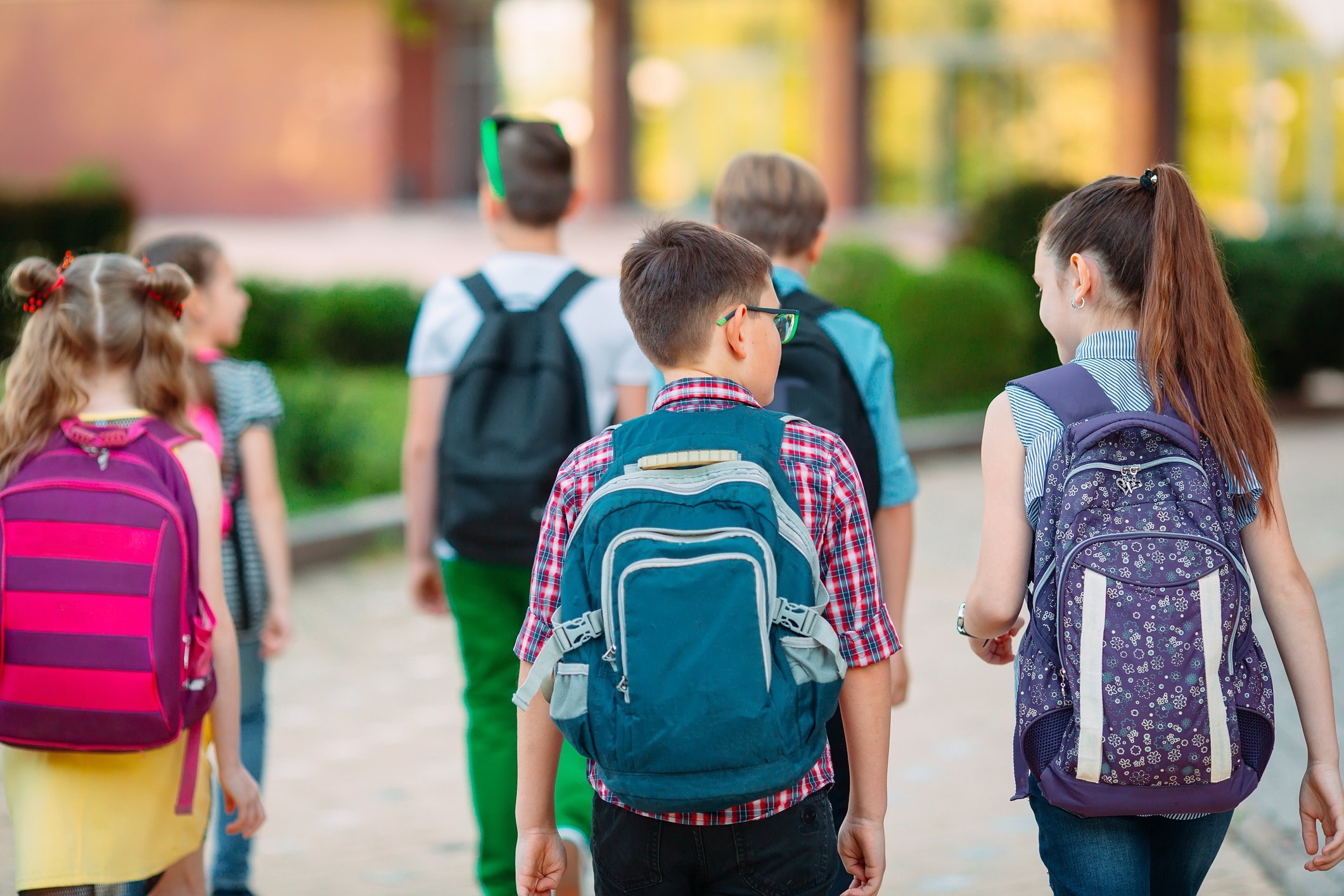Chronic absenteeism is one of the most pressing challenges facing schools today. District leaders know that personalized attendance plans are essential to re-engaging students, but building and managing those plans at scale is time-consuming, complex, and often inconsistent.
AI is starting to shift that dynamic. General-purpose tools like ChatGPT can offer a quick way to brainstorm attendance supports and structure a basic plan. And for schools just getting started, that’s a helpful step forward.
But when your team needs plans that are student-specific, data-informed, and aligned with your MTSS framework, ChatGPT can only take you so far.
In this post, we’ll show you how to create a personalized attendance plan using both a general AI tool and Panorama Solara, our secure, district-wide AI platform. You’ll see the difference—and why Solara gives your team a more effective, data-driven, and actionable way to address attendance challenges.
Why Use AI for Attendance Planning?
Creating strong attendance plans takes time and data, alongside cross-team collaboration. Teams must review attendance history, identify root causes, write goals, and align strategies with Tier 2 and Tier 3 interventions. Doing this well at scale is no small feat.
That’s where AI can help.
When used thoughtfully, AI can:
- Draft baseline attendance plans in seconds
- Surface insights from multiple data points to suggest targeted supports
- Promote consistency by aligning plans with your district’s MTSS or PBIS frameworks
- Save time for counselors, social workers, and attendance teams without sacrificing quality
But the key to success lies in the right AI solution—one that prioritizes safety and privacy and is designed for K–12.
Searching for the best AI solution for your district? Our AI Buyer's Guide can help you evaluate AI vendors, ask the right questions, and make informed purchasing decisions.
How to Create a Personalized Attendance Place with AI
1: Understand the Student’s Attendance Needs
2: Draft the Plan with AI
3: Review and Refine
4: Document and Track
Below, we’ll walk through each step with both ChatGPT and Panorama Solara, and show why the platform you choose matters.
Step-by-Step Attendance Planning with AI
You don’t need a premium tool to get started with AI. Even a free assistant like ChatGPT can help educators save time on attendance plans. Below, we walk through the process using ChatGPT—and show how Solara makes each step more powerful by connecting directly to your district’s data and MTSS systems.
1. Understand the Student's Attendance Needs
With ChatGPT:
You’ll need to manually gather data from your SIS, attendance records, and teacher notes. But because ChatGPT is not FERPA-compliant, you cannot include any identifiable student information in your prompt. That means you’ll need to summarize the case in vague terms (e.g., “a 10th grade student with 25% chronic absenteeism and transportation issues”).
This limitation makes it difficult to create a plan tailored to the student’s real needs, context, and strengths.
With Solara:
Protecting student data is nonnegotiable, and Solara is built with rigorous, education-first security and privacy standards. It fully complies with SOC 2, FERPA, and COPPA, is 1EdTech certified, and never uses district information to train AI models. Role-based access ensures teachers see only their own students’ data, while school and district leaders have the broader view needed for reporting and planning.
Within this secure framework, Solara connects directly to your district’s student data systems. When you select a student, it surfaces a rich set of information—attendance, grades, assessment scores, behavior records, demographics, and Panorama survey data—so your team can act with real context and create communications that are both personalized and effective.
2. Draft the Plan with AI
With ChatGPT:
Once you’ve written a broad, anonymized description of the student’s situation, you might use a prompt like:
“Create an attendance improvement plan for a student with a 25% absenteeism rate due to transportation challenges. Include goals, strategies, and family engagement ideas.”
ChatGPT will return a general plan that may include some helpful strategies, but it won’t reflect your district’s MTSS framework, approved interventions, or required documentation practices. Most importantly, won't be based on the students' rich, 360 data. You'll likely need to revise it significantly.
With Solara:
Using a custom tool for attendance planning in Solara, a team member selects a student to view their holist data. Teams can add any additional known context (like “transportation challenges” or “recent family move”), and Solara instantly generates a plan aligned with Tier 2 supports.
Solara’s output includes:
- Tier-aligned attendance goals
- Interventions tailored to known root causes
- Family communication strategies
- Suggested check-ins, incentives, and progress-monitoring tools
3. Review and Refine
With ChatGPT:
With ChatGPT, you’ll need to manually enter student-specific data and revise the draft accordingly. This includes adding details like attendance counts, course performance, assessment results, known barriers, and family contacts—then aligning interventions with the supports your district actually offers. You may also need to reformat and paste the plan into your Student Success or MTSS platform.
With Solara:
Solara drafts plans using your district’s terminology and intervention structures, significantly reducing the need for editing or formatting. Plans are automatically aligned with documentation norms, making it easier for your team to focus on refining the content.
4. Document and Track
With ChatGPT:
After editing, you’ll need to copy the final plan into your MTSS documentation system manually. This adds risk: plans may get lost, mismatched, or inconsistently entered.
With Solara:
In Student Success + Solara, your team can track attendance data, set plan review dates, and monitor progress in real time—without duplicating effort.
AI That Works for Educators. Not the Other Way Around
Whether you’re tackling chronic absenteeism at the district level or supporting an individual student with an attendance plan, AI can help your team save time and focus on what matters most.
But not all AI is created equal.
General-purpose tools like ChatGPT are helpful, but limited. They require manual workarounds to stay compliant and lack the context of your students, your frameworks, and your systems.
Panorama Solara is purpose-built for K–12 education. It helps educators create attendance plans that are secure, personalized, data-driven, and aligned to your MTSS approach.
Schedule a demo today to learn how your team can build stronger attendance plans—faster, safer, and with less lift.
Not ready for a district-wide AI solution just yet? No problem. Check out our Free AI Roadmap for District Leaders. It’s packed with tools to help you lead with confidence, including:
-
100+ AI prompts for educators and support staff
-
An AI buyer’s guide to help you evaluate platforms
-
Practical planning tools to set your vision and build momentum
Whether you're ready to implement or just starting to explore, we're here to help you unlock the promise of AI in education.




![100+ AI Prompts for Schools and Districts [Free Download]](https://www.panoramaed.com/hubfs/iStock-1219861290.jpg)

![How AI Ready Is Your District? [Infographic]](https://www.panoramaed.com/hubfs/iStock-1912513615.jpg)
